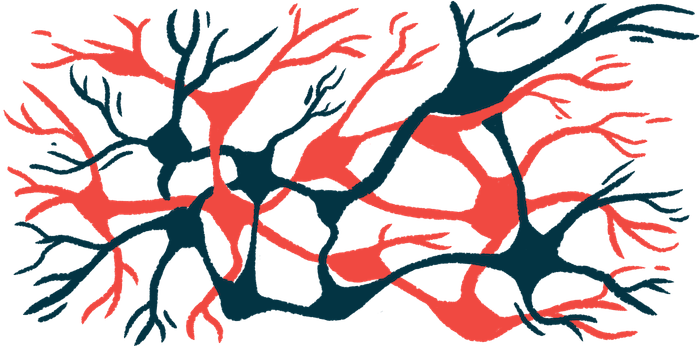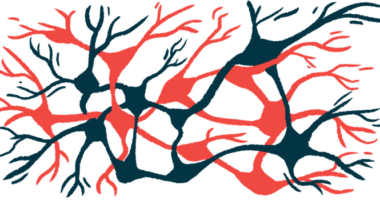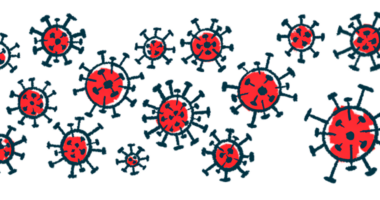ioAstrocytes join Bit.bio’s portfolio of cells to model Parkinson’s
Astrocyte dysfunction linked to disease development, progression

Synthetic biology company Bit.bio introduced ioAstrocytes, a stem cell-derived version of astrocytes, cells that are known to play a significant role in Parkinson’s disease.
Dysfunction of the star-shaped cells in the central nervous system (CNS, consisting of the brain and spinal cord) has been linked to the development and progression of Parkinson’s.
By culturing ioAstrocytes in a laboratory setting alongside other CNS cells, researchers can create a model that mimics the biological processes observed in Parkinson’s disease, allowing them to gain a deeper understanding of the disease’s underlying mechanisms and develop potential therapeutic interventions.
“We are excited to expand the universe of ioCells with ioAstrocytes and offer researchers worldwide access to the major cell types of the human brain,” Mark Kotter, MD, PhD, founder and CEO of Bit.bio, said in a company press release.
Astrocytes go awry in Parkinson’s disease
“ioAstrocytes represent a significant addition to bit.bio’s growing ioCells portfolio, enabling researchers to enhance in-vitro [outside a living organism] CNS models and accelerate discoveries,” said Farah Patell-Socha, PhD, vice president of research products at Bit.bio.
Motor symptoms of Parkinson’s occur when dopaminergic neurons in the brain gradually stop functioning and die. Dopaminergic neurons are nerve cells that produce dopamine, a chemical involved in the control of the body’s voluntary movements.
Astrocytes normally support nerve cells in the brain, but growing evidence suggests that in Parkinson’s and other neurological conditions, they may go awry and instead increase neuroinflammation. This is thought to play a key role in how Parkinson’s progresses.
Taming overly reactive astrocytes could offer an indirect approach to preventing or stopping the gradual loss of dopaminergic neurons. However, obtaining astrocytes from human tissue makes for uneven batches that are difficult to grow and maintain.
“By providing highly consistent cells with essential functional properties of human astrocytes,” Patell-Socha said, “we’re unlocking novel ways for advancing neuroinflammation research, conducting in-depth neural network studies, and performing screening and toxicity assessments for potential therapeutics.”
Engineering cells
ioAstrocytes are generated by reprogramming human skin fibroblasts into stem cells using the company’s proprietary opti-ox technology. Through this process, the cells are engineered to adopt the characteristics of astrocytes and subsequently preserved in a frozen state. The cells are maintained in their astrocyte state during storage and rapidly transition into fully functional astrocytes upon thawing and revival.
When grown in a lab, ioAstrocytes take on a star shape with long, branching extensions that keep growing over time and help neurons form active networks, according to Bit.bio. Within days, they also gain the ability to clean debris and release signaling chemicals in response to inflammatory cues.
The company has entered into a collaboration with The Michael J. Fox Foundation to develop a range of other human cell types that can be used as models to study how they interact in Parkinson’s. Cells can derive from a healthy background or be engineered to carry disease-causing mutations.
Scientists can combine different CNS cell types “much like building blocks,” Kotter said, “with or without disease-specific mutations to explore their interactions.” The company’s ioCells portfolio currently consists of 37 products, including ioWild Type Cells and ioDisease Model Cells.
“We look forward to seeing how the neuroscience community will leverage this powerful toolkit to further our understanding of the CNS and develop much needed therapies for neurological conditions,” Kotter said.








